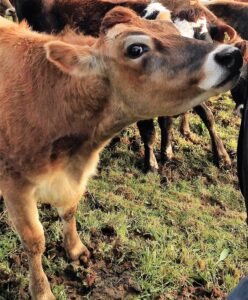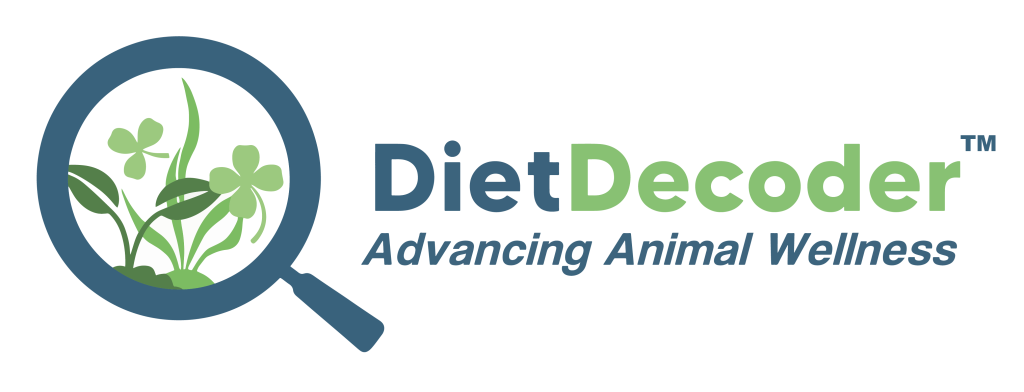By Pat Poletti
Currently, the discussion about production animal welfare is driven and defined by animal rights activists. It is largely limited to identifying casual violence against animals by individuals who no doubt have other issues in their lives. It is not defendable and it has smeared all farmers. However, there is so much more to the welfare landscape that needs to be addressed.
Welfare ethics impact on every area of farming. Downstream considerations such as consumer demands, product quality, and market access also need to be addressed. Welfare can and should drive farm profitability by integrating farm systems through the lens of animal requirements. It is proactive and aims to reduce loss and optimise production within whatever system the farmer may use. Yet this discussion is not currently happening. And if it’s not happening, expect the rights activists to lead the way.
By way of an example of proactive welfare, in my MAF (MPI) days I was heavily involved in the welfare of animals at slaughter in the freezing works. If we have any humanity at all about us then making damn sure that these animals meet their death with no pain and with minimal stress is an absolute priority. The science is sound and by ensuring the process was properly carried out we could be confident that the final act of welfare was delivered.
The key was to ensure that the gear worked and the operators knew their job before the first animal was killed. It was just not good enough to wait until stuns looked wrong before anything was done. Neither was it acceptable to stun a few animals to see if gear worked. We had to be confident everything was good to go before the first animal arrived.

We can and should apply the same sentiments to our farming systems. We do get the milking machines tested, crowd up the races and clean and disinfect the calf pens. However, there is way too much risk accepted in feeding systems. One size fits all supplementation programmes and often unnecessary anionic salt supplements force cows to operate at the edge of their physiological ability to cope. Cows go down, mastitis and empty rates go up and cows die. Does guessing and trying something else next year constitute good welfare if the outcome is likely to be more death and disease?
Nutritional analysis and measurement of the herd energy profile reveals a lot about the risks the herd is subject to. A diverse range of farm systems are then necessarily questioned; diet construction, feed management and pasture quality, sward composition, fertiliser and effluent nutrient use, shelter systems and young stock performance.
Reframing production diseases in terms of animal welfare forces an upfront examination of the farm system with risks to animal health and production identified and corrective actions applied. The outcomes are transparent, can predict animal health outcomes and inform ongoing management decisions which builds better animal health and performance. Good for the animal, good for the farmer, good for dialogue with consumers and good at leading the way in the animal welfare discussion. It also marginalises the rights activists particularly when it is not clear if it’s the animals they care about or their own agendas.

